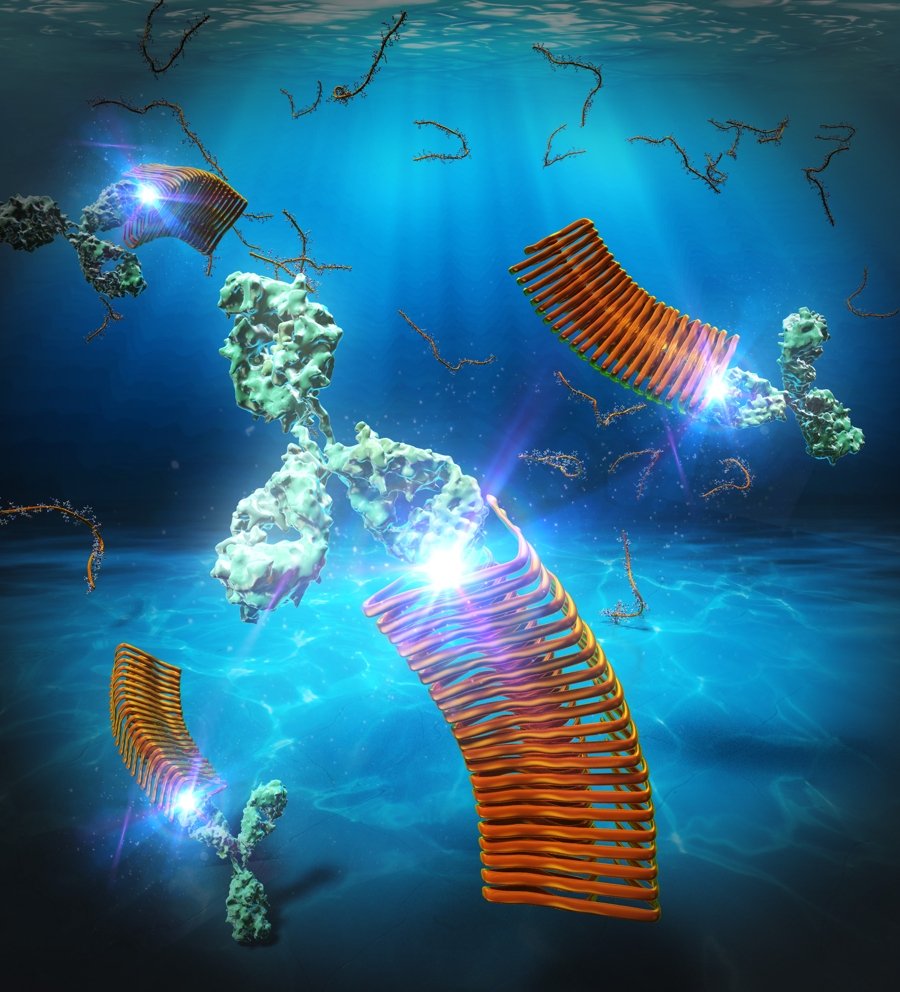2024-10-23 ペンシルベニア州立大学(PennState)
<関連情報>
- https://www.psu.edu/news/research/story/water-fern-gains-more-evidence-safe-potential-global-food-insecurity-solution
- https://www.mdpi.com/2223-7747/13/19/2707
安全な食品としてのアゾラ:共生生物Nostoc azollaeにおけるシアノトキシン関連遺伝子の抑制とシアノトキシン生産 Azolla as a Safe Food: Suppression of Cyanotoxin-Related Genes and Cyanotoxin Production in Its Symbiont, Nostoc azollae
Jonathan P. Bujak,Ana L. Pereira,Joana Azevedo,Alexandra A. Bujak,Victor Leshyk,Minh Pham Gia,Timo Stadtlander,Vitor Vasconcelos, and Daniel J. Winstead
Plants Published: 27 September 2024
DOI:https://doi.org/10.3390/plants13192707

Abstract
The floating freshwater fern Azolla is the only plant that retains an endocyanobiont, Nostoc azollae (aka Anabaena azollae), during its sexual and asexual reproduction. The increased interest in Azolla as a potential source of food and its unique evolutionary history have raised questions about its cyanotoxin content and genome. Cyanotoxins are potent toxins synthesized by cyanobacteria which have an anti-herbivore effect but have also been linked to neurodegenerative disorders including Alzheimer’s and Parkinson’s diseases, liver and kidney failure, muscle paralysis, and other severe health issues. In this study, we investigated 48 accessions of Azolla–Nostoc symbiosis for the presence of genes coding microcystin, nodularin, cylindrospermopsin and saxitoxin, and BLAST analysis for anatoxin-a. We also investigated the presence of the neurotoxin β-N-methylamino-L-alanine (BMAA) in Azolla and N. azollae through LC-MS/MS. The PCR amplification of saxitoxin, cylindrospermospin, microcystin, and nodularin genes showed that Azolla and its cyanobiont N. azollae do not have the genes to synthesize these cyanotoxins. Additionally, the matching of the anatoxin-a gene to the sequenced N. azollae genome does not indicate the presence of the anatoxin-a gene. The LC-MS/MS analysis showed that BMAA and its isomers AEG and DAB are absent from Azolla and Nostoc azollae. Azolla therefore has the potential to safely feed millions of people due to its rapid growth while free-floating on shallow fresh water without the need for nitrogen fertilizers.


